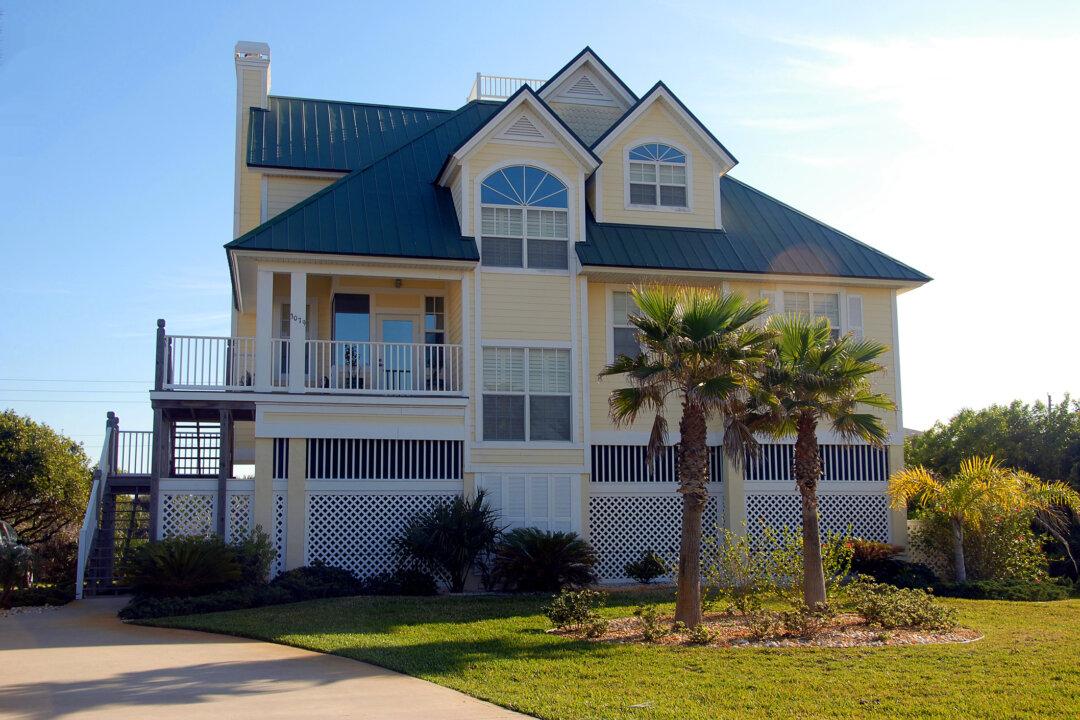For the nearly two-thirds of Americans who own a home, tapping into home equity can be an affordable and flexible way to borrow money.
One way to do that is through a home equity line of credit or HELOC.
HELOCs allow homeowners to borrow from their home equity during the draw period, which typically lasts for up to 10 years. During that time, borrowers can often make interest-only payments. Or you may choose to pay principal at any time or agree with the lender to make a minimum principal payment during the draw period.
Because a HELOC is a revolving line of credit, you can tap it whenever you need money—by using a check, a credit or debit card connected to the account, or an electronic transfer.
How to Use a HELOC
You can draw on your home equity for just about anything—to finance education expenses for your children or invest in your own business. But the most common (and often the most beneficial) uses of this line of credit are home improvements and debt consolidation.As short-term interest rates have risen over the past year, interest charges on credit cards have gone up with rates recently averaging about 20 percent. If you have a large balance on a high-interest credit card, using a HELOC to pay off that debt would likely save interest and lower your monthly payment.
Using a HELOC to refinance debt could help you get your financial life back on track but be sure that you understand the risks. If you struggle to keep your spending in check or to keep up with debt payments, you could put your home on the line. Most HELOCs come with a “curtailment clause,” which allows lenders to cut off access to the line of credit if they detect a significant change in your financial situation or the value of your home.
Using a HELOC to make home improvements not only may enhance your home’s value but is arguably one of the best uses of the equity in your home, says Keith Gumbinger, vice president of financial publisher HSH. And if you itemize deductions on your tax return, the interest you pay on home equity that is used to buy, build or improve your primary residence or qualified second residence may be tax-deductible.
A HELOC can also be a good source of bridge financing for people in or approaching retirement. For example, you could use HELOC funds to avoid selling investments at a loss when the stock market is down, then repay the balance when your investments rebound.
But tread lightly when borrowing in retirement. “Tapping into a HELOC should not be thought of as an income stream to prop up or supplement your retirement. This should be a one-time withdrawal that you plan on paying back,” says Christopher Lyman, certified financial planner for Allied Financial Advisors in Newtown, Pennsylvania.
(Emma Patch is a staff writer at Kiplinger’s Personal Finance magazine. For more on this and similar money topics, visit Kiplinger.com.)






